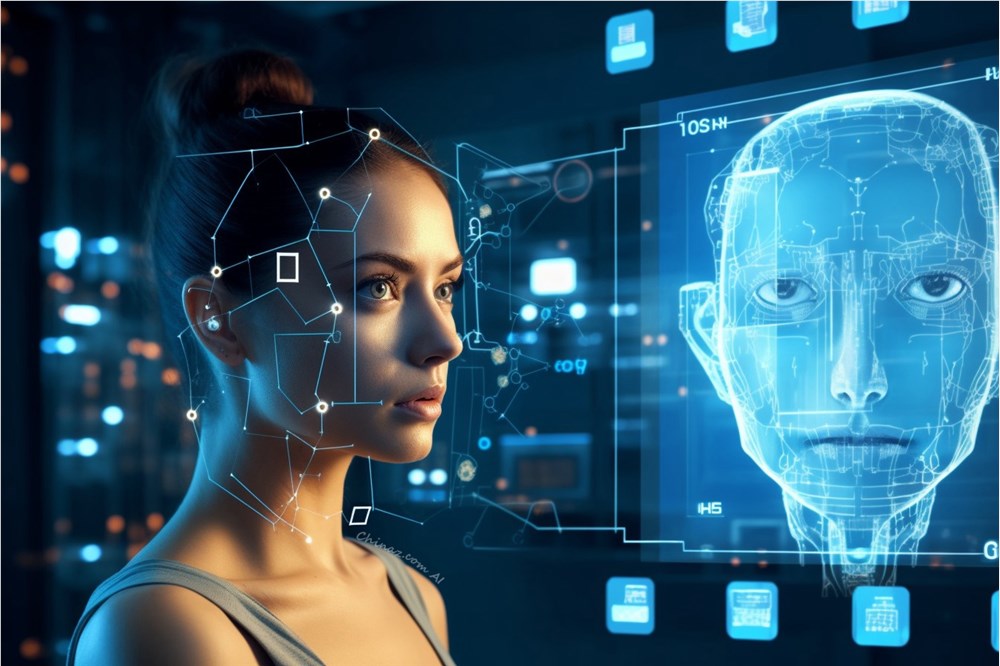In recent years, artificial intelligence technology has developed rapidly and profoundly changed the job market. However, a new study reveals a gender gap in artificial intelligence, especially among Generation Z. This not only affects women’s development opportunities in the workplace, but may also exacerbate existing social inequalities. This article will delve into this problem, analyze its causes and potential impacts, and look forward to future directions to solve this problem.
According to foreign media fastcompany, Generation Z is rapidly adapting to the rapidly changing job market, but the gender gap in artificial intelligence still plagues this working group that is about to enter the workplace. According to a survey by Slack Workforce Lab, men aged 18 to 29 are more likely than women to try artificial intelligence technology, creating a gender gap in artificial intelligence. Slack's research found that men are more likely to experiment with AI technology at work, accounting for 35% of the 10,000 desk workers surveyed, compared to just 29% of women.

Additionally, the survey determined that Gen Z men are more likely to experiment with AI technology than Gen Z women, with a gender gap of 25%. This gender gap is the most significant of any generation. This gender gap is particularly concerning because artificial intelligence is revolutionizing the workplace. Additionally, new data from LinkedIn shows that AI is more likely to replace women’s jobs than men’s. Analysis of global LinkedIn user data found that only 43% of men would be disrupted by artificial intelligence at work, while the proportion of women reached 57%. Therefore, people who have experimented less with AI may be the ones most likely to be replaced by AI.
Theresa Fesinstine, founder of AI-focused HR consultancy peoplepower.ai, uses her platform to educate women about the use of AI in the workplace. She believes a lack of education is one reason for the gender gap in AI. As a result, she recommends providing dedicated learning opportunities for those in roles more often held by women, such as administrators, office managers and human resources directors. Fesinstine also believes that it can be difficult for women to request training in new technologies, so she advocates for dedicated learning opportunities. Despite the gender gap, Gen Z remains enthusiastic about AI technology. According to a Slack survey, 55% of workers aged 18 to 29 said they would be excited about parts of their jobs automated by artificial intelligence, compared with just 33% of workers over 60. Yvette Wolfe, president of Booz Allen's Women in AI organization, is not surprised by Gen Z's continued enthusiasm for artificial intelligence technology. She said that for Gen Z, technology feels more natural and more in line with their understanding. While some Gen Zers may be eager for AI to help them at work, recent research also captures a worrying tension. According to a May 2024 Deloitte study, 59% of Gen Z and Millennial workers believe artificial intelligence will lead to job losses. When focusing on people who use artificial intelligence frequently, this proportion rises to 71%. While Gen Z may be the most active members of the workplace using artificial intelligence, they are also concerned that the technology will completely replace their jobs.
The gender gap in AI technology could have a significant impact on gender equality, for example by potentially preventing some women from breaking through the glass ceiling in leadership and exacerbating the existing gender pay gap. Additionally, gaps in AI use may exacerbate gender bias in AI models, which are trained based on user input. As a result, these leaders also believe that women’s use of AI tools will influence future AI models. Therefore, knowledge of artificial intelligence has increasingly become a necessary skill for women entering the workplace. At this point, leaders underscore the urgency of closing the AI gender gap.
Addressing the gender gap in the field of artificial intelligence requires joint efforts from multiple parties, including strengthening the education and training of women in the field of science and technology, actively promoting inclusive applications of artificial intelligence, and improving artificial intelligence models to reduce gender bias. Only in this way can we ensure that artificial intelligence technology benefits everyone instead of exacerbating social inequality.